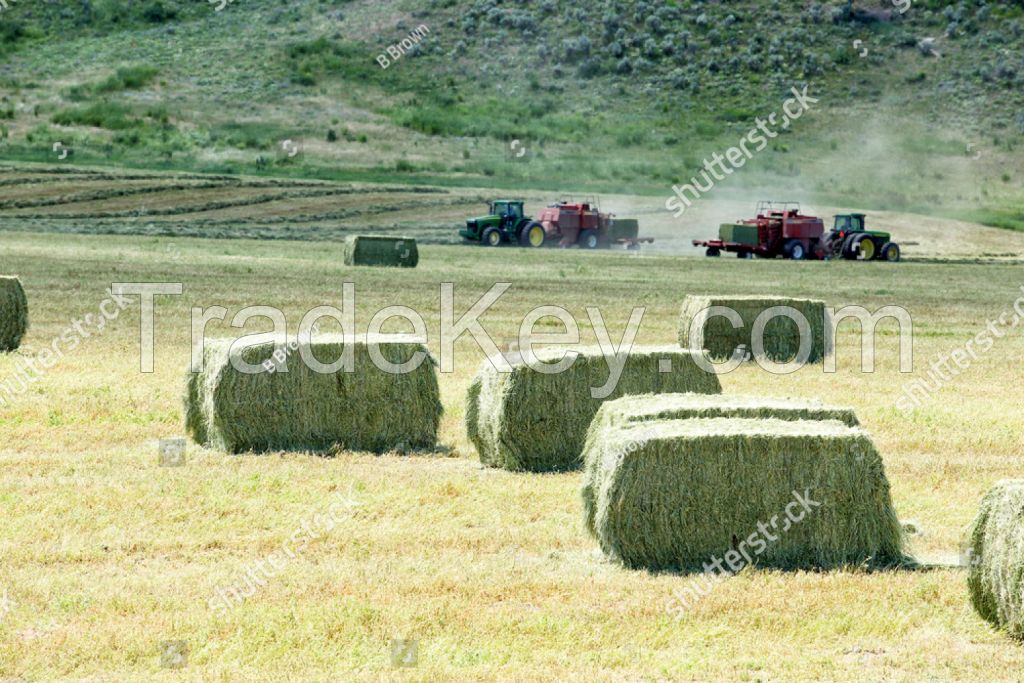Description
Alfalfa originated in the vicinity of what is now Turkey and Iran,
and undoubtedly was consumed by grazing animals long before there
was any recorded history. It probably was domesticated in this
area, and some historians believe this may have occurred
concurrently with domestication of the horse. It is
thought to be the first plant grown strictly for forage.
The earliest clear reference to alfalfa was in Turkish writings
dating from ***0 B.C. However, at least one historian believes it
is probably that alfalfa was cultivated 8,**0 to 9,**0 years ago
(6,**0 to 7,**0 B.C.). Regardless, it is clear that alfalfa was
recognized as a valuable crop by early man.
The above information is based on the study by Don Ball, Extension
Agronomist Auburn University, and presented at the ***0 Kentucky
Alfalfa Conference.
Today, CEADS is harvesting the alfalfa in Turkey grown only on the
land exactly where this plant originated from and based on tons of
samples collected from different parts of the country, the yield in
this part of the country is proven by lab results to be the highest
quality of all.
In many parts of the world alfalfa is commonly used to provide
nutrition for various other animals including goats, oxen, and
water buffalo. Alfalfa hay is widely fed to horses, mules, and
donkeys. The crop is fed to camels in the Middle East, to llamas in
South America, and to ostriches in South Africa. Alfalfa hay is
also preferred feed for zoo animals in the United States and
elsewhere.


